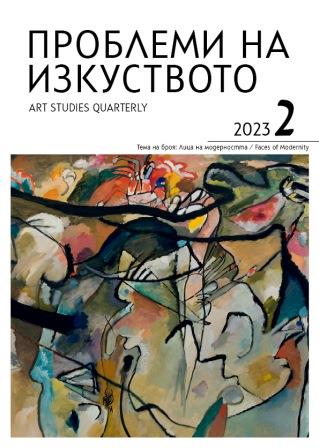Erik Bulatov’s “word paintings” and the late-Soviet viewer/reader
Erik Bulatov’s “word paintings” and the late-Soviet viewer/reader
Author(s): Liliana MilkovaSubject(s): Fine Arts / Performing Arts, Visual Arts
Published by: Институт за изследване на изкуствата, Българска академия на науките
Keywords: ideology; word and image; unofficial art; Samizdat
Summary/Abstract: The article examines the paintings of the Russian artist Eric Bulatov created in Moscow in the 1970s, when he began including words and phrases in them. The visual experiences that the combination of image and text evoke in the viewer-reader are analyzed, as well as the techniques used by the author to encode information about human existence in the conditions of ideological and physical control. As carriers of such information, the paintings Entry – No Entry (1974–1975), Glory to the CPSU (1975), and Stop – Go (1975) represent artistic primary sources that can be understood in the context of Samizdat, a clandestine printing and distribution system of materials not censored by the Soviet authorities. Painted in a period of heightened political propaganda, they countered ideological effects on human consciousness, creating a conceptual space where thought could break free from ideological reality.
Journal: Проблеми на изкуството
- Issue Year: 2023
- Issue No: 2
- Page Range: 29-39
- Page Count: 12
- Language: English
- Content File-PDF

